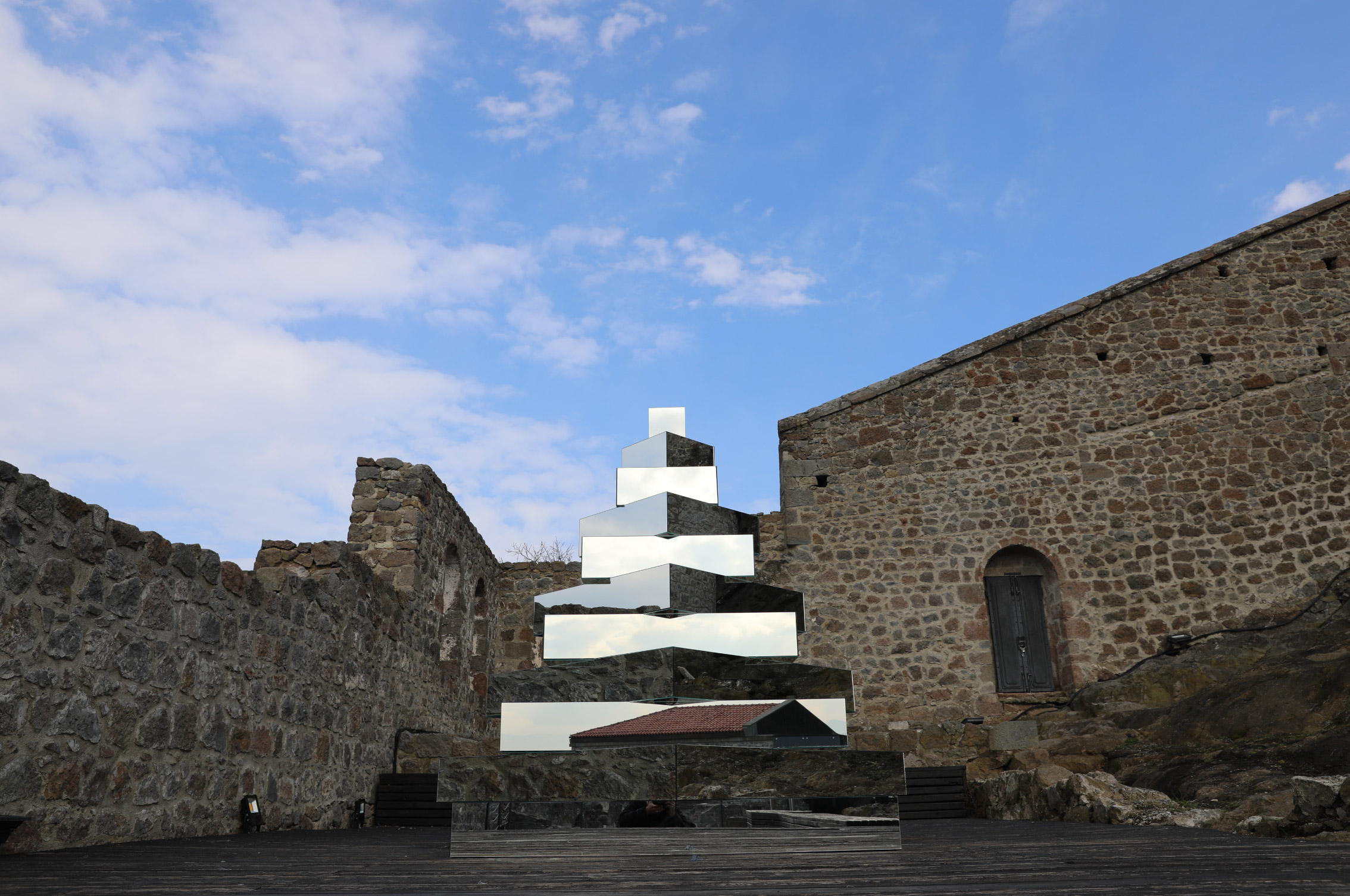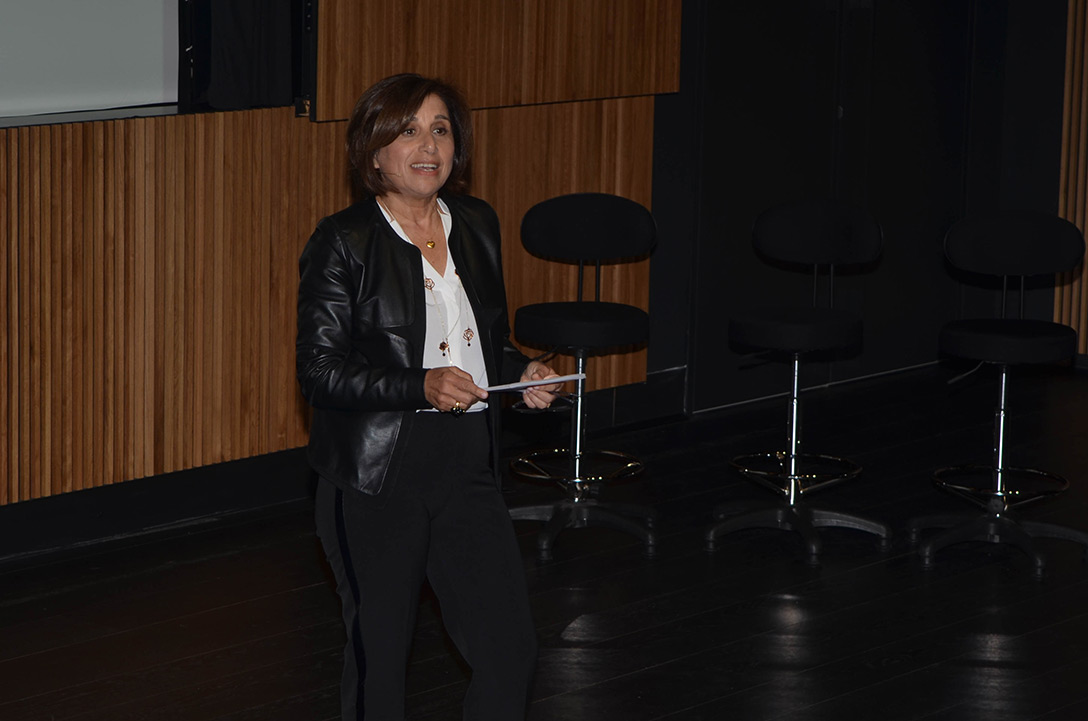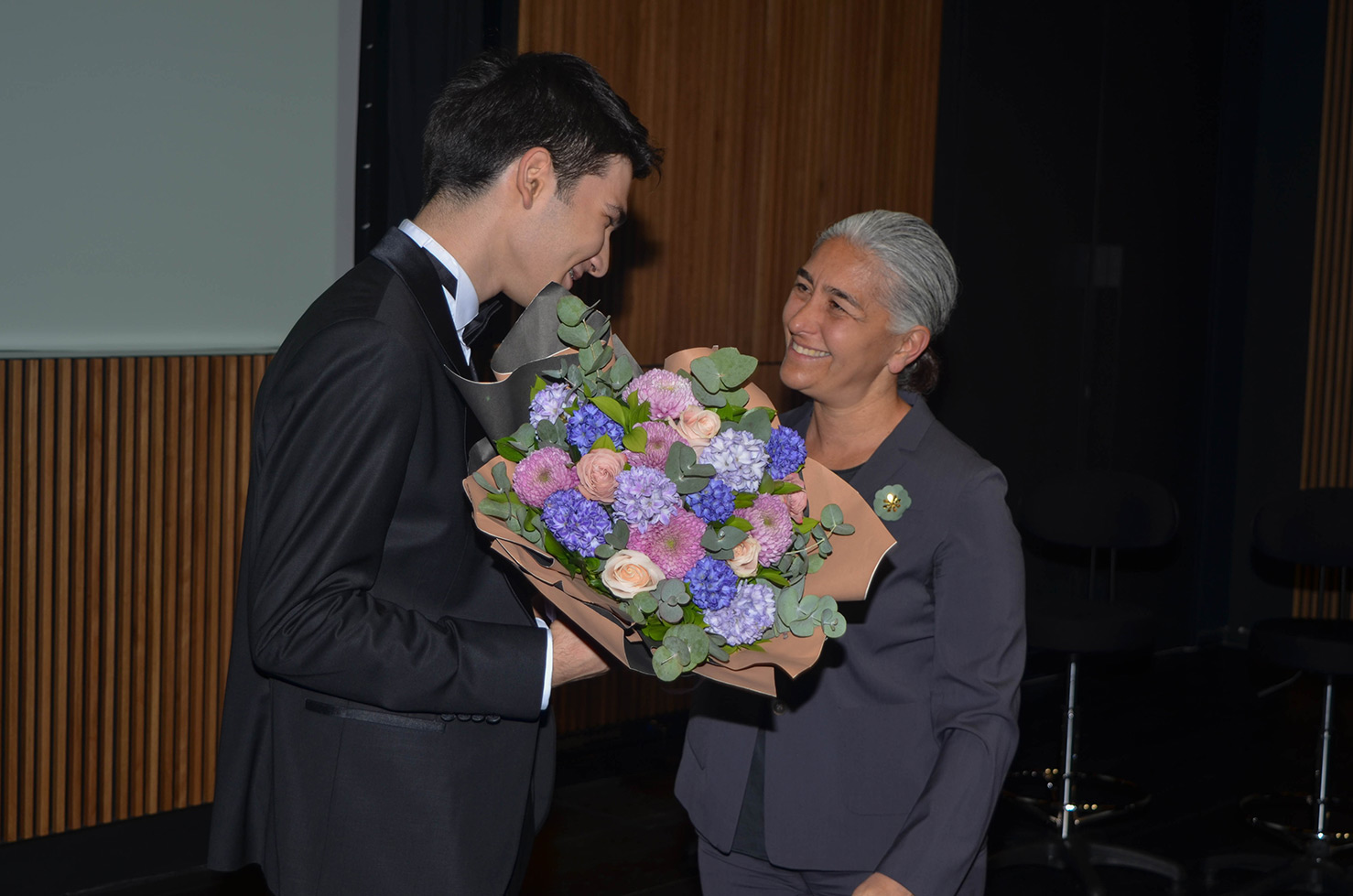Mina's Children
Collective "Reflection" Exhibition
Mirrors, which are frequently encountered in contemporary artworks, are Beyond being reflective surfaces, they are symbols that embrace metaphors and depict awareness and self-confidence in poetic expressions. Shirin Abedinirad, with her mirrors in different geometric sizes and shapes, which she placed in natural places around the world in her production practice; touches on issues such as identity, perception of reality, mysticism, and gender inequality through the optical illusions he creates in Collective Reflection.
Contrary to their seemingly simple form, mirrors, which are difficult to struggle with during the production process, are reflective surfaces that not only provide pure reflections but also show our ego and everything that surrounds us tightly, and show reality in other ways to the subject looking at it. The mirror image, which is frequently used in the compositions of Rene Magritte and Salvador Dali, who the artist was influenced, appears in Abedinirad's works by being constructed in a different way with the same logic and mediates illusions in both intellectual and spatial depths. Just like in the fractal geometric form called “Pyramid”, each carefully calculated installation; creates a cubist image fragmentation. The viewer’s meeting with his image in the mirrors refers to the moment of ego formation put forward by the famous theorist Jacques Lacan, also known as the "Mirror Stage" in psychoanalysis. According to Lacan, people's self-discovery is possible with the awareness that occurs when they are just eight months old, for example, after seeing their own reflection in the mirror. The fragmented image that Abedinirad wanted to create with the elements of nature and the reflections of the audience questions the formation of the ego and our potential to reach the pure self by abandoning the ego.
Mirrors, which are attached to strong carrier structures by being articulated with each other on the sensitive texture of the historical space, appear as concrete forms of the poetic expression of Rumi, one of the important thinkers of Sufi philosophy, which the artist has been interested in for many years. According to Rumi, the only way to reach the sky is through the heart. And it is so… It is only possible for the audience, who gave the exhibition its name, to witness the collective reflections and take a journey towards their pure selves, only if it is from the heart.
The Iranian-born artist also figuratively mirrors the reality of social inequality brought about by the identities and imposed responsibilities attributed to women in patriarchal societies. She opposes the idea of "women should bow their head forward", which she experienced from the myths and traditions of the geography she belongs to, and which is encoded in her collective memory, with the circular mirror she placed on the floor of the church on the hill, "Evocation", reflecting the view in the sky. By laying the sky under the feet of the audience, the artist gives messages of unity, solidarity, and productivity, including International Working Women's Day.
The piece of paper you hold in your hand is far beyond being a conceptual roadmap that leads to the deciphering of the works you will follow within the scope of Collective “Reflection”… It also sheds light on the resolution of a mystery. During the curatorial process, many random situations were encountered in the Girls Monastery, the installation named "Heaven On Earth" was placed on the steps of the elegant bell tower, and optical illusions from different angles allow us to witness completely different landscapes and give mystical messages. The number 11, symbolizing the spiritually strong and spiritual awakening in Numerology, takes us to the memory of Eleven productive women who passed away to the roots of the Children of Mina goodness movement. Eleven steps, where the clouds in the sky and the light mix, are located in the historical Girls Monastery as a reflection of the heaven on earth. Of course, only those who believe in the heart can touch the sky.
Curator Ayça Okay
Collective "Reflection" Panel
In the panel held in the second half of the opening day of the collective "Reflection" exhibition, the most valuable names came together as guests of the Trabzon Mina's Children project before the upcoming International Women's Day. In Trabzon, a geography of great importance in every period of history, the Collective "Reflection", whose meaning was reinforced with the participation of valuable panelists, became the voice of women in accordance with the meaning and importance of the day in the local and national agenda of Turkey before the International Women's Day approaching on March 1.
In the first session of the panel moderated by Konda Research General Manager Bekir Ağırdır, Deputy President of the Istanbul Bar Association, Lawyer Nazan Moroğlu, gave a speech on women and the problems faced by women in Turkey in the context of the law. In the second session, the collector Feride İkiz, one of the partners of PwC, emphasized firstly being a woman in professional business life and then her journey as a collector in the context of 8 March International Women's Day. Then, while emphasizing the importance of women artists-women in contemporary art yesterday, today, and tomorrow, CI Chairman Ali Güreli talked about the female-dominated structure in the CI structure and the Anatolian expansions of CI in the upcoming period.
Collective “Memory” Exhibition
Collective Memory exhibition is a contemporary art exhibition supported by Başaran Investment Holding in order to pave the way for science and art to come together and to provide benefits.
We are going through difficult times in which we are moving away from unity due to disasters such as the destruction caused by the recent ecological imbalance, wars of power, political and economic crises, and epidemics on our planet, which has been our home for centuries.
Our collective memory, which is formed by the transfer of experiences gained for centuries from person to person and common consciousness, structures itself like a warehouse that archives successive disasters. So, is it possible to reverse our memory, which stores these negative situations? Can we create a chain in which goodness will be complemented by the kindness and pass it on to future generations, creating a "better place"?
Before our journey with the Collective “Memory” exhibition to find answers to these questions, I would like to tell you about the Mina's Children Project of the Turkish University Women's Association (TÜKD) Istanbul Branch.
In order to keep alive the memory of Mina Başaran and her ten friends who passed away in the past years, the organization, which was established with the cooperation of TÜKD Istanbul Branch and supports the education life of eleven successful young people every year, came into being with the heart of very valuable people in order to collectively heal and transform a disaster.
Human memory is said to suffer from forgetfulness; it has to forget in order to realize the actions that are in his nature such as instant excitement, joy, and sadness. In other words, our brain is not only our learning but also our forgetting organ. So, is our brain strong enough to erase evil? Can we structure our memory?
Collectively, we can base our memory on good thoughts and myths to achieve a more humane and livable society designed in positive conditions.
Together, we can create our new world, where bad memories of the past are transformed, healed, and transferred to the future. And at the intersection of our new world, there are traditions that derive from love and tolerance, gender equality, love of the environment and nature, the coexistence of multi-layered cultures, respect and curiosity for new expansions, passion for art, appetite for knowledge, solidity, and unity.
There is a possibility that all people can connect to each other and form a collective memory like a huge tree…
Collective memory is used when individuals fail to recreate a memory. The collective knowledge and memories of everyone who came together by chance or in a planned way during the preparation process of the exhibition constitute the skeleton, conceptual framework, and spirit of the exhibition. Painting, sculpture, installation, video, and data visualization-based works of eleven artists in the exhibition meet with the public in a polyphonic selection, where interdisciplinary dialogue is intense, and centered on collective memory.
The works, which integrate with the memory of the exhibition space, invite the audience this autumn to create a shared memory with unconditional love and kindness, with the hope that tomorrow will be better than today.
Curator Ayça Okay
16. Contemporary İstanbul
Don't Forget All Heroes Are With You, Fırat Engin
The artwork met with the audience within the scope of the Collective "Memory" Exhibition held in Bodrum last September 1-11, in order to ensure that a livable society design is achieved by collectively basing our memory on good thoughts and myths.
We are going through times where we are getting farther and farther from unity. The Collective “Memory” exhibition, which was created with the desire to reverse our memory that stores the negativities we have experienced and to create a “better place” by creating a chain in which goodness will be completed with kindness, hosted the works of eleven valuable artists in this context.
The Mina's Children project, inspired by the exhibition, is the organization of TÜKD Istanbul Branch that aims to support disadvantaged children in order to keep alive the memory of Mina Başaran and her ten friends who passed away in the past years. It has come about when very valuable individuals put their hearts to work in order to collectively heal and transform a disaster.
16. Contemporary Istanbul meets with the audience with the exhibition named "Don't Forget All Heroes With You", which was selected from Collective “Memory”. The work consists of text installations printed on 15 fabrics. The sentences in the texts contain the words of the fictional female characters in the cult productions. The common feature of the characters; It is the female characters who take on these roles, unlike the male characters who take on the savior and hero roles, which are usually fictionalized by the masculine world.
Undoubtedly, this work is dedicated to Mina’s Children, the heroes of the goodness movement that will continue to spread collectively. A wide range of characters is presented, from She-Ra to Xena, Princess Leia, Lara Croft, Trinity to Gamora, and Lexa Heda, selected through an intergenerational choice. The artwork offers the viewer an invitation to walk through the work, interact and face the fact that he is the hero of his own story.
Curator Ayça Okay
Mina's Children Arter Meeting
Kaan Baysal and Fazıl Say performed the works of Frederic Chopin and Johann Strauss at the concert for Mina's Children held on March 8, 2020, International Women's Day.
Mina’s Children
In 2018, 11 university female students, whose paths we crossed thanks to the Istanbul Branch of the Turkish University Women's Association and whose lives we touched with the "Mina Başaran Scholarship", set out to reflect their own light on their younger siblings, this time with the "Mina's Children" project.
Our 11 young girls, chosen from among the students who won the university by getting a degree across Turkey, convey their academic, psychological and social experiences by mentoring 11 primary school students chosen from their own regions with the Mina's Children project.



















